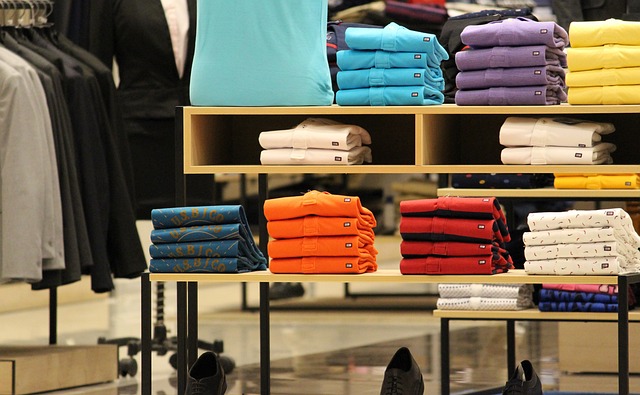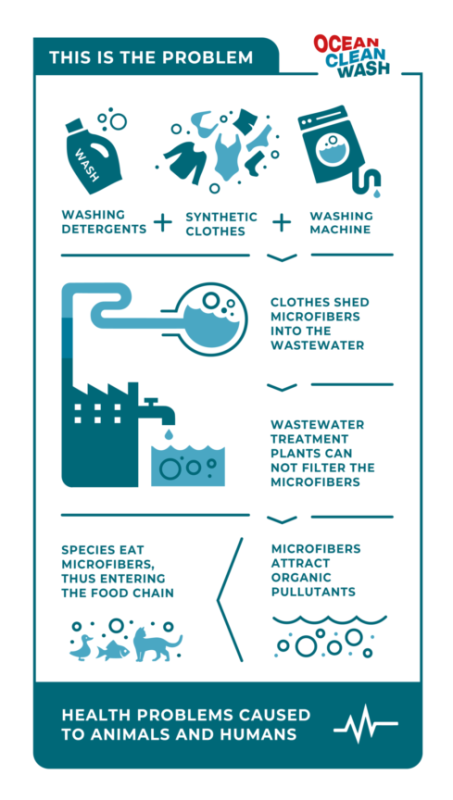 Did you know that almost 8 million tons of plastic enter our oceans annually?
Did you know that almost 8 million tons of plastic enter our oceans annually?
There are many factors that contribute to this pollution, including our clothes. Every day, our clothes release microfibers which adds to the pollution of the environment. Microfibers have been found in shorelines, seafloors, and even snow.
Research has shown that this can have a negative impact on animals, especially small aquatic organisms around the world. In addition, microfibers have also been found in human waste. Studies show that we are constantly exposed to microplastic through our food, our water, and even the air we breathe.
Because of the widespread use of microfibers, the impact of this plastic continues to be studied. Researchers are working hard to better understand the lasting effects of the material.
What Exactly Is Microfiber?
 Microfibers are tiny synthetic fibers that are created from small bits of plastic. They make up materials such as polyester, rayon, nylon, and acrylic and are the most common type of microplastic found in the environment.
Microfibers are tiny synthetic fibers that are created from small bits of plastic. They make up materials such as polyester, rayon, nylon, and acrylic and are the most common type of microplastic found in the environment.
The growing popularity of this material dates back to the early 1990s. Swedish manufacturers produced a variety of these materials, making it one of the most popular apparels in Europe. By the early 2000s, items made of microfiber became popular worldwide. The material was–and still is–cheap, highly durable, and water-repellent. Because of these properties, it is used for a variety of reasons, such as cleaning, homeware, apparel, and accessories.
Unfortunately, when these synthetic items are washed, they shed microfibers. Washing one load of synthetic clothes can release millions of fibers. Although wastewater treatment plants catch most of these fibers, some pass through due to their small size, entering our waterways and polluting the environment. They are also difficult to collect and clean, so it is important to prevent them from entering the environment in the first place.
How Can We Help?
Fortunately, prevention starts right at home! Research has concluded that there are many ways to reduce the spread of microfibers. Some include the following:
- Reduce the washing of synthetic material
- Air-drying clothes also saves energy and reduces water consumption
- Avoiding half-loads of laundry
- Using a front-loading washing machine
 In addition, studies show that filters capture an average of 87% of microfibers. However, when disposing of these fibers, it is important to throw them away in covered garbage to prevent them from spreading in the air.
In addition, studies show that filters capture an average of 87% of microfibers. However, when disposing of these fibers, it is important to throw them away in covered garbage to prevent them from spreading in the air.
It is a common misconception that wearing cotton instead of synthetic material is beneficial to the environment. Researchers claim that cotton clothes often release chemicals when they biodegrade, which is another cause of harm to the environment. Ultimately, scientists theorize that developing better textiles altogether is the best course of action.
Although these solutions prevent the spread of microfibers, they do not completely get rid of the ones already in the environment. Fortunately, companies in the apparel industry as well as NGOs and researchers are actively trying to develop technology to clean our oceans and the environment.
For now, we all can take small steps to do our part in restoring our beautiful planet.
Sources: Washington Post, NY Times, EPA, ScienceDirect







